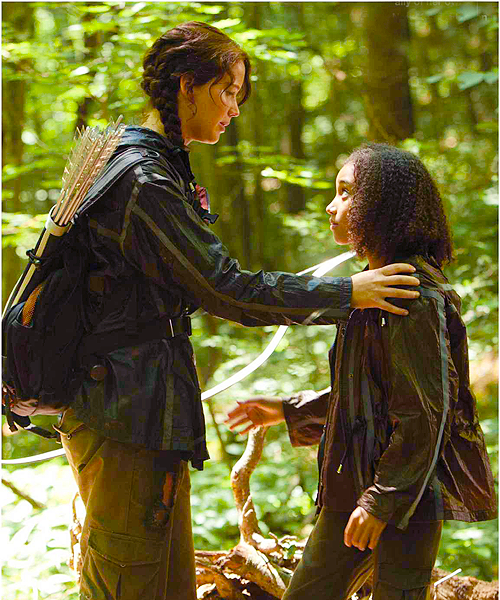Paul McDonald’s supplementary chapter to Richard Dyer’s Stars seeks to expand upon Dyer’s
original theories on the social meaning of the star image. When analyzing the
importance of the physical manifestation of star bodies, McDonald references Fiona
Tasker’s work on the heroines played by Sigourney Weaver in Alien and Linda Hamilton in Terminator 2: Judgment Day, claiming
that the physicality of these female bodies serves to cross the traditional
divide between masculine and feminine bodies in film and allowing these
heroines to occupy roles comparable to those of male action heroes. While I
understand McDonald’s intent in designating this phenomenon as the disruption
of the gendered binary, I would argue that these types of heroines do not
necessarily subvert the binary, but that they instead serve to imitate the type
of heroic masculinity to an extent, often failing even to achieve this fully.
For example, while Linda Hamilton’s character in Terminator 2, Sarah Connor, is depicted as having resilience and
physical strength, it is still no match for that of either of the Terminators
in the film who take turns overpowering or saving Sarah and John Connor.
In contrast, several of today’s heroines such as Katniss
Everdeen from The Hunger Games and
Tris Pryor from Divergent do a much
better job of actually subverting the gendered binary that has long determined
a character’s narrative.
Rather than seeking only to imitate the storylines of the muscular heroes of the past with strength as their notable characteristic, these heroines do not draw merely from the binary, but queer their characters by defining them across and outside the spectrum. While both the embodiments of Katniss and Tris are not physically unfit, they are also acknowledged as being much weaker than many of their opponents or counterparts, such as Cato and Thresh in The Hunger Games and Peter and Molly in Divergent. Katniss has little of the physical training or experience with weaponry that the Careers have grown up with, and Tris does not have the physical strength to match her opponents in fights.
Thus, rather than winning their fights with brute force, Katniss and
Tris must draw from other skills and strengths to cement their status as
heroines. Without depending on physical strength in their respective stories,
neither of these characters is depicted as weak. Katniss’s skill as an archer
is paired with her emotional and physical resilience, driven by her empathy and
protective nature.
Tris’s ability to overcome her fears makes her a leader among her fellow initiates, and her bravery and strategic vision allow her to finish at the top of her initiate class.
Rather than seeking only to imitate the storylines of the muscular heroes of the past with strength as their notable characteristic, these heroines do not draw merely from the binary, but queer their characters by defining them across and outside the spectrum. While both the embodiments of Katniss and Tris are not physically unfit, they are also acknowledged as being much weaker than many of their opponents or counterparts, such as Cato and Thresh in The Hunger Games and Peter and Molly in Divergent. Katniss has little of the physical training or experience with weaponry that the Careers have grown up with, and Tris does not have the physical strength to match her opponents in fights.
Tris’s ability to overcome her fears makes her a leader among her fellow initiates, and her bravery and strategic vision allow her to finish at the top of her initiate class.
 |
| Katniss's friendship with Rue helped her gain allies and started an uprising in The Hunger Games |
 |
| Tris's strategic thinking wins the Capture the Flag event for her team |
Without relying on the stereotyped gendering of protagonists
so prevalent in past narratives, Katniss and Tris are the heroes of the
present. Neither is reliant on their male counterpart, with Katniss and Tris
even having to rescue Peeta and Four, respectively. However, this does not just
mean that the roles are switched, because the relationships between these
characters is an equal partnership rather than just a flipped version of the
knight in shining armor rescuing the damsel in distress. By queering the way
that their characters are defined and relate to those around them, these
heroines do a much better job in subverting the gender binary of the hero
narrative.

No comments:
Post a Comment
Note: Only a member of this blog may post a comment.